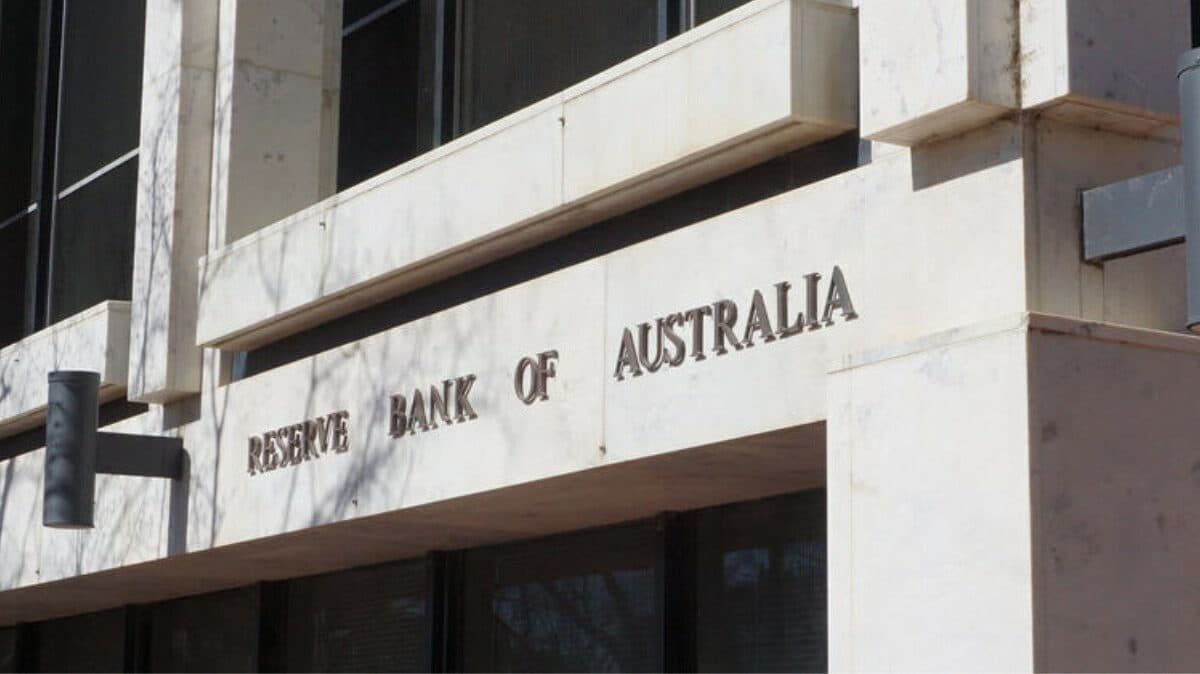According to the latest unemployment report, there has been a noticeable increase in the number of people out of work, which suggests that the rapid and drastic interest rate hikes initiated by the Reserve Bank of Australia (RBA) are having an adverse impact on employment.
As a result, some experts are calling for a pause in these rate increases to prevent further economic harm.
The RBA has already estimated that the unemployment rate could increase to 4.5 per cent by mid-2024, which would mean 150,000 more people would lose their jobs. This projection has raised concerns about the potential impact of further interest rate increases, which could lead to hundreds of thousands more people being put out of work.
Recently, the Reserve Bank of Australia (RBA) board members decided to increase the official cash rate (OCR) by 25 basis points, bringing it from 3.10 per cent to 3.35 per cent.
This latest hike in interest rates marks the ninth time it has occurred since May of last year, causing difficulty for many homeowners who are trying to keep up with their mortgage payments. The hike in interest rates results in a higher borrowing cost and increases monthly mortgage payments, adding strain on household finances.
The Australian Council of Social Service (ACOSS) has expressed its concern about the impact of the RBA’s policy on employment. If the RBA continues to raise interest rates at the same pace, it could exacerbate the already challenging job market conditions, leading to higher unemployment rates and putting further pressure on the economy.
Key facts:
- The latest figures show that employment decreased for the second consecutive month in January 2023, resulting in a rise in the unemployment rate. The details are as follows:
- Unemployment increased by 21,900 people, going up from 3.5 per cent to 3.7 per cent (adjusted for seasonal variations).
- This follows a reduction in employment and an increase in underemployment that occurred in December.
- Employment decreased by 15,000 workers (adjusted for seasonal variations).
- The employment-to-population ratio fell to 64.3 per cent.
- Underemployment (which refers to the situation when a person works insufficiently paid hours) increased from 5.8 per cent to 6.1 per cent.
- The total monthly hours worked declined by 9 million to 1,888 million.
It is worth noting that interest rate hikes typically take 12-18 months to impact the economy. Although the sharpest interest rate hikes in decades were implemented this year, there are indications that inflation is stabilising or declining. For instance, the Consumer Price Index (CPI) rose by 1.8 per cent in the December quarter.
However, the ‘core’ inflation or ‘trimmed mean’ CPI increased by 1.6 per cent compared to 1.8 per cent for both measures in September 2022. In that quarter, spending on holidays and travel largely propped up the CPI, reflecting pent-up demand resulting from the pandemic, which is expected to subside in the future. Additionally, retail sales dropped by 3.9 per cent in December.
CEO Cassandra Goldie said the government could combat inflation by tackling price rises at their source rather than relying on the blunt tool of interest rate rises.
“Today, we are seeing the real and harsh effects of rapidly rising interest rates, with 21,900 people losing their jobs.
“High inflation is a serious challenge and should be addressed, but we need a more nuanced approach that avoids pushing more people onto woefully inadequate income support.
“Now is the time for the RBA to pause on interest rate rises and take stock while the government should curb inflation directly with better regulation of exorbitant rent and energy prices, and by strengthening the ACCC so that businesses can’t take advantage of price rises to lift their profit margins.”
ACOSS has urged the government to prioritise a formal full employment target, including low unemployment and underemployment, giving it equal importance to the Reserve Bank of Australia’s (RBA) inflation target.
In its submission to the RBA Review, ACOSS has also recommended a more diverse composition of the RBA Board, representing people on the lowest incomes and those excluded from the labour market.
More here.
Keep up to date with our stories on LinkedIn, Twitter, Facebook and Instagram.

